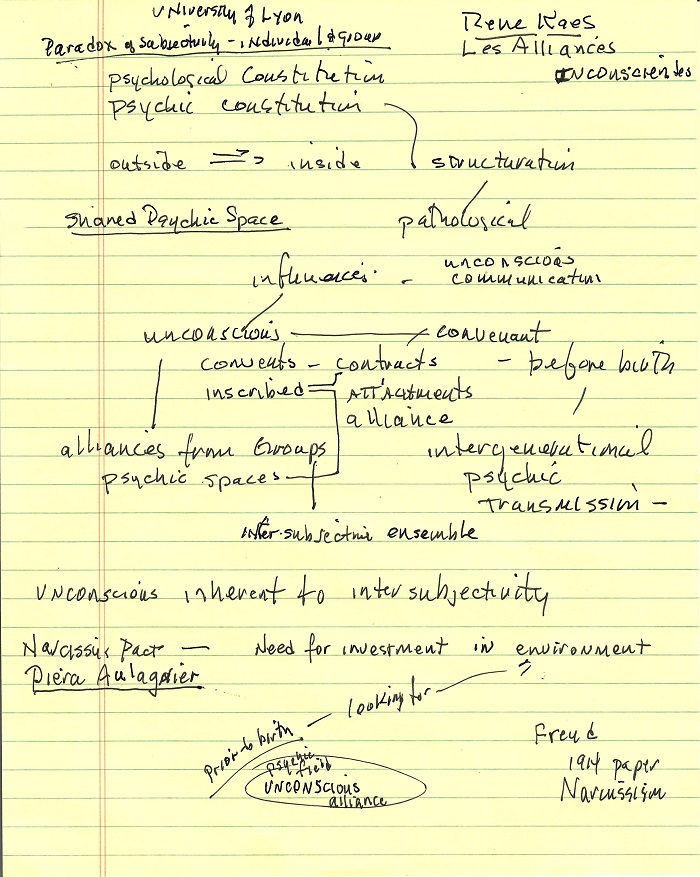1973
The Gospel of the Siddhas
FRANKLIN: This is the gospel, the humorous message of all the Heaven-born, those who have come, and those who are yet to come:
I have come into this world for the sake of my devotees, those who are mine. Those who belong to me were rendered to me before all time, as the expressions of my appearance in the uncreated realm of Light.
***
Beezone: In the final section of “The Method of the Siddhas,” a letter to the Ashram is discussed, emphasizing the profound responsibilities of those fulfilling the role of Guru on this plane. These individuals have a history of connections with many, both through past associations and an eternal responsibility for others, even without prior familiarity.
The text explores various kinds of associations, some appearing more intimate due to past connections, while others become intimate through an eternal connection without prior familiarity. The Guru is described as essentially coming for those who are his own, and every Guru is seen as a specific agent with the realization of the Eternal Nature and Condition.
It’s highlighted that not everyone, in the broader cosmic sense, is a devotee of the Guru in any age he appears. However, the Guru function is eternal, not inherently limiting, and individuals can be transferred to that agency through their involvement with sadhana, despite potential tendencies for other agencies.
The process is deemed complex and not straightforward, involving intricate karmic complications beyond the gross world. The text acknowledges the theatrical nature surrounding the Guru due to these complex associations.
A conversation ensues, where a devotee named Peter Madill expresses gratitude for considering the possibility of the Guru’s enlightenment. Bubba acknowledges the rarity of people looking beyond the horizon and discusses how the appearance of devotees can make it easier for others to consider sadhana.
Bubba explains that the Guru has a potency relative to those most available to him, withdrawing grosser elements of his agency as disciples mature. The appearance of devotees, especially those experiencing the maturity of sadhana, magnifies the Guru’s influence. As disciples mature, their sadhana may appear simpler from the outside as the grosser elements become natural, and the struggle diminishes.
A devotee named Michael Wood notes that the intensity of the heat increases when it appears easy from the outside, highlighting the profound changes occurring internally. Bubba agrees, emphasizing the relative ease in the mature phases of sadhana compared to the theatrical and challenging aspects in the initial stages.
In summary, the text delves into the complexities of the Guru-disciple relationship, the eternal nature of the Guru function, and the transformative journey of sadhana. It acknowledges the challenges in the student phase, the apparent ease in the mature phases, and the magnification of the Guru’s influence through the appearance of devoted individuals. The discussion reflects on the intricate interplay of spiritual dynamics and the profound responsibilities involved in fulfilling the role of Guru.
***
1975
BUBBA: In The Method of the Siddhas, in the very last section of the book, there’s a letter there that I sent to the Ashram.
Those who fulfill the agency of Guru in this plane have a history of connection with many individuals also have the eternal responsibility for others, without a history of connection with them in any sort of previous circumstance.
There’re many different kinds of association, some of which seem more intimate because of past association in some form, others in which become intimate because of the eternal connection which has no familiarization previous to that time.
***
Psychologically speaking:
The recognition of the alienation of subjectivity, compromised by a defective generational psychic transmission, makes way to a fresh clinical look into the pathologies of Modernity.
The transmission processes are sustained by identification mechanisms within an interplay of projections-introjections and incorporations, as well as by a reference to the parental superego. The generational psychic transmission that needs to be metabolized and undergo transformations takes place within the bounds of this intersubjective psychic space. The traumatic traces and narcissistic wounds which are transmited as remainders of the “negative”, without modification and repetitively, in the various bonds of the family group space, are taken into consideration in family group practice. These traces and wounds are responsible for a number of symptoms as well as intra and intersubjective suffering. – Olga B. Ruiz Correa
***
The Unconscious Alliance and the Narcissistic Contract in the Psychic Constitution – Ludmilla Tassano Pitrowsky
***
Other References
1. Kaës R (2009) Les aliances inconscientes. 1st (edn.), Ideas and Letters Publishing
House, Brazil, pp. 1-328.
2. Aulagnier P (1979) A violência da interpretação: Do pictograma ao enunciado.
In: Imago (ed.), Brazil.
3. Freud S (1996) Sobre o narcisismo: Uma introdução. In: Imago (ed.), Standard
Brazilian Edition of the Complete Psychological Works of Sigmund Freud,
Brazil, 14: 75-110.
4. Junqueira C, Junior NC (2017) Acerca da metapsicologia dos limites. Ágora (Rio
J) 20(1): 85-101.
5. Kaës R (2006) Common and shared psychic spaces: Transmission and negativity.
1st (edn.), Psychology and Psychoanalysis.
6. Kaës R (2011) A plural singular: Psychoanalysis to the test of the group. 1st
(edn.), Edições Loyola, pp. 1-248.
7. Kaës R (2004) A polifonia do sonho. Aparecida, SP: Ideias&Letras.
8. Kaës R (2003) The polyphony of the dream and its two navels. The common and shared oneiric spaces. Revista da Spagesp 4(4): 1-14.
9. Correa OBR (2001) Transmissão da vida psíquica entre gerações. Casa do
Psicólogo, Brazil.
Beezone worksheet